An Apple patent published on Tuesday could foreshadow future CarPlay functionality that allows users to unlocks car doors, start the engine and perform other automated tasks based on a user's proximity to their vehicle.
The U.S. Patent and Trademark Office granted Apple U.S. Patent No. 8,868,254 for "Accessory control with geo-fencing," which basically turns an iPhone into an advanced car remote when paired with a CarPlay-like "accessory" device.
Popularized by third-party auto parts manufacturers — namely anti-theft device makers — and subsequently adopted by car companies, the idea of remotely controlling a car's basic functions (beyond door locks) has been around for decades. Some of the first systems were created to turn on integrated engine block heaters from indoors during the winter months, while contemporary models can do anything from cooling down the cabin with AC to rolling down windows.
Apple's invention is a take on the technology that brings the power of iOS devices into the equation, more specifically the geo-location capabilities of the iPhone and cellular-connected iPads. Using components provided in Apple's latest portables, the remote control system is able to intelligently monitor and invoke certain car convenience functions based on geofences.
First, a vehicle accessory capable of connecting with an iPhone, such as a CarPlay head unit, determines that a car is parked and sends a first signal in the form of a vCard or other digital format containing geographic coordinates and other location information. Bluetooth LE is mentioned as a suitable means of communication, though other methods can be employed.
Upon receiving the vCard, a user's iPhone generates a virtual geofence around the car and monitors its own position in relation to the car's tagged spot. By estimating its current location proximate to the car's geofenced area, an iPhone is able to send appropriate control signals to the accessory at any given time. For example, when a user is leaving their car, a signal may be sent to lock the car doors and arm the alarm.
Apple's patent provides for extremely granular functionality, perhaps beyond what is capable with current geolocation systems. In the patent, a car can have multiple geofence boundaries that pair with different car functions. In some cases, a geofence boundary may be set for a car door, another for the hood and yet another for the trunk. Then, when a user carrying an iPhone crosses a threshold to the rear of their car, the system can intelligently open the trunk, for example.
In some embodiments, the in-car accessory is also cellular-enabled, opening the door to a much wider set of control possibilities. In these cases, an iPhone can continuously monitor user movement and, through pattern analysis algorithms, send a signal to warm up the car's cabin when it estimates a user to be approaching within a five-minute radius.
To prevent accidents, rules are applied to the control scheme. For example, the accessory may not be able to start the car's engine until the iPhone user is determined to be sitting in the driver's seat. These motion-based instructions safeguard against unwanted consequences and wasted energy use.
The patent goes on to describe a number of variations on the remote control concept, including descriptions of an accessory head unit similar to those outlined by the CarPlay specification.
Apple's ambitions to integrate the patent's technology into CarPlay is unknown at this time. CarPlay is only now hitting showroom floors — in very limited availability — so it remains to be seen if the project will be a hit with consumers, a deciding factor in how far automakers are willing to take the partnership down the road.
Apple's advanced car remote patent was first filed for in June 2012 and credits Sylvain Louboutin as its inventor.
 Mikey Campbell
Mikey Campbell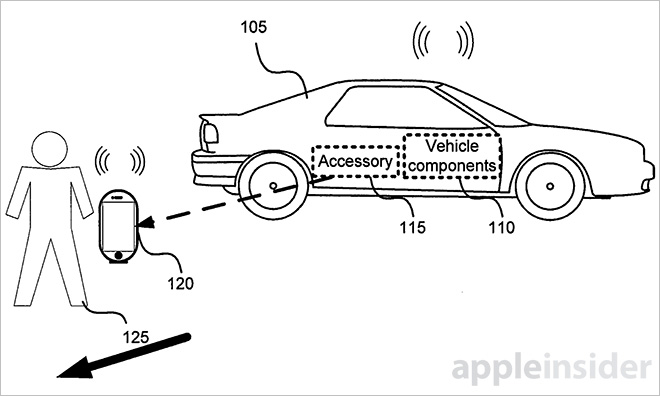
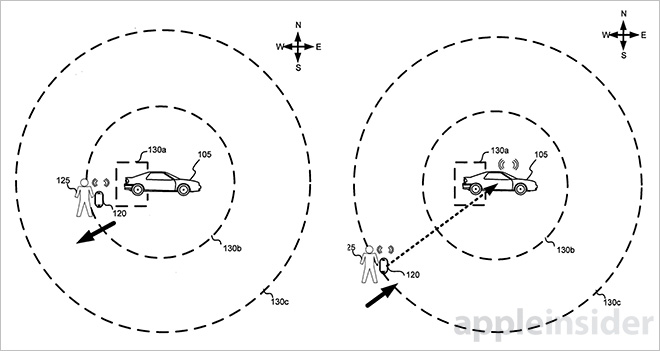
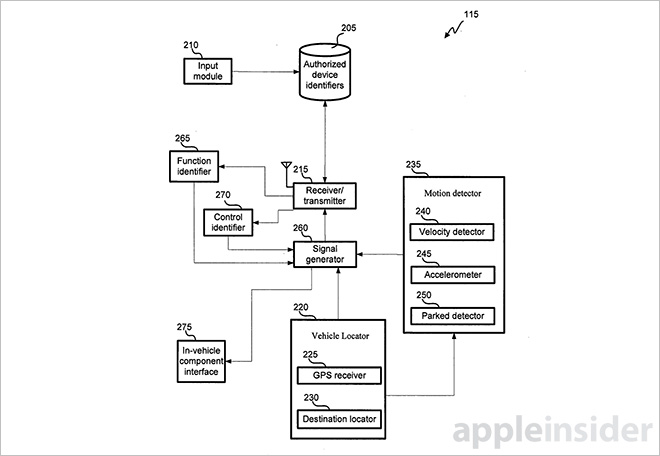
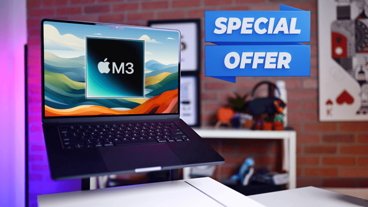
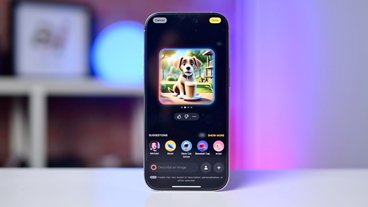
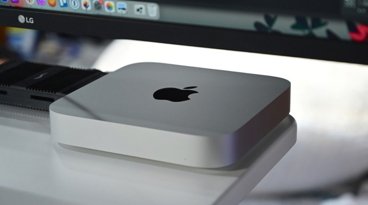

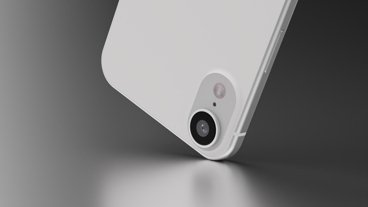
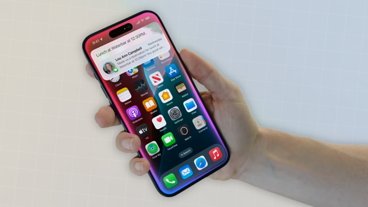



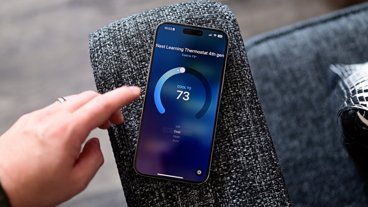
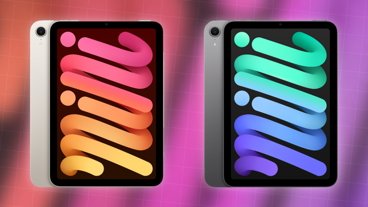


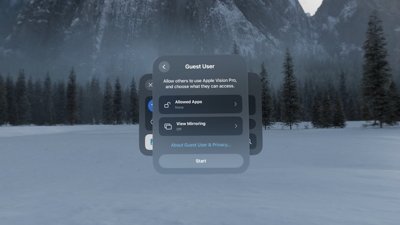
 Wesley Hilliard
Wesley Hilliard
 Marko Zivkovic
Marko Zivkovic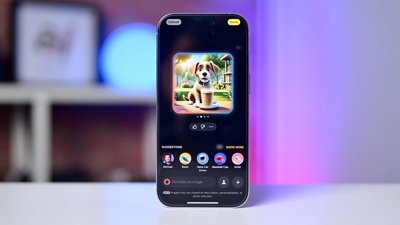
 Andrew O'Hara
Andrew O'Hara
 Christine McKee
Christine McKee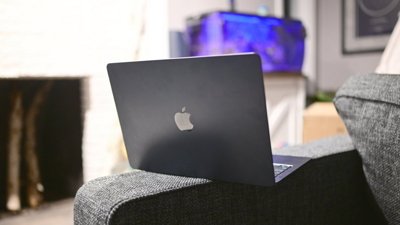
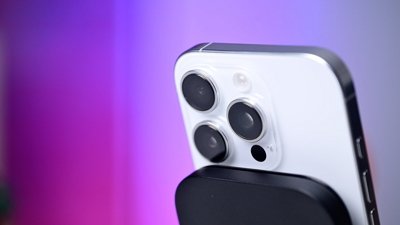
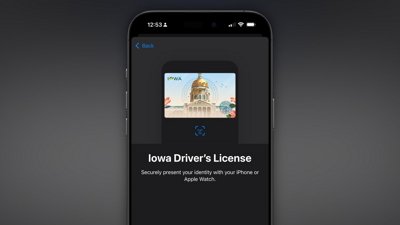
 Amber Neely
Amber Neely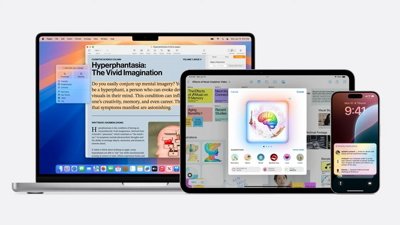
 Malcolm Owen
Malcolm Owen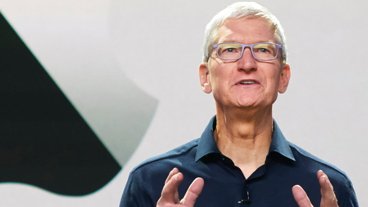
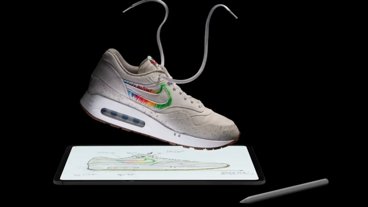
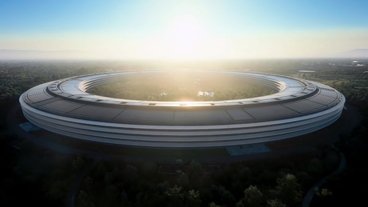
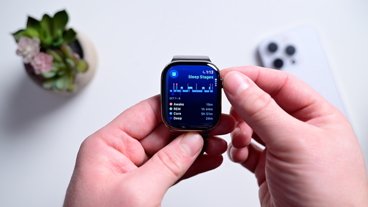
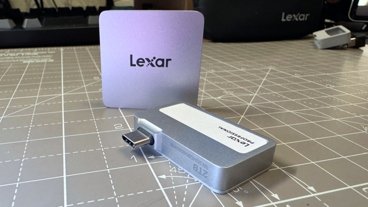
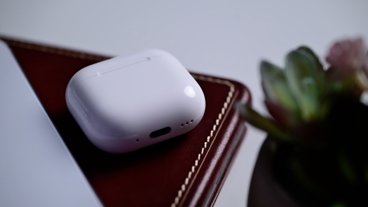
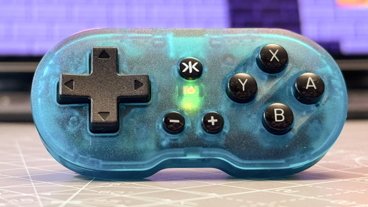

27 Comments
The car drives away on proximity alert.
[quote name="Rabbit_Coach" url="/t/182957/apples-patented-iphone-based-carplay-remote-starts-cars-performs-high-level-functions#post_2624021"]The car drives away on proximity alert. [/quote] This ain't K.I.T.T.
Not clear why we havent had this already for years... At least the simple concept of turning your phone into your keyfob. Of COURSE customers will want this... The keyfob and keys take space in your pocket and all pocket items will likely be made obsolete. The phone will need some sort of low energy bluetooth with a separate battery or something to keep the "key" part functioning at all times. You will also need a way to let someone else drive the car that does not have your phone. This wont be an issue as long as all your family members have a phone. What about tenporary keys? Or would you need to use the keyfob again...
[quote name="PhilBoogie" url="/t/182957/apples-patented-iphone-based-carplay-remote-starts-cars-performs-high-level-functions#post_2624055"] This ain't K.I.T.T.[/quote] But with Siri it ain't far off ... :) I bet the developer software tool is ?CarKit
[quote name="blazar" url="/t/182957/apples-patented-iphone-based-carplay-remote-starts-cars-performs-high-level-functions#post_2624079"]Not clear why we havent had this already for years... At least the simple concept of turning your phone into your keyfob.[/quote] Thee's been smartphone apps available for a few years now that offer some of the same features. Yes, it might become something new for Apple themselves but the concept isn't new as the article mentions.